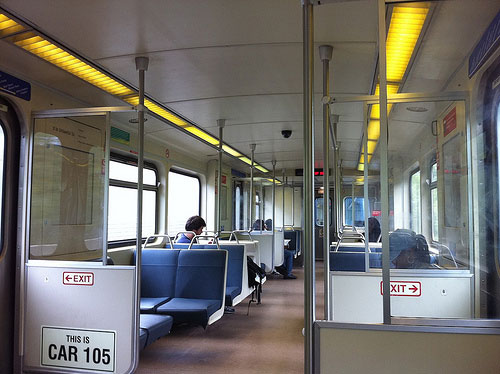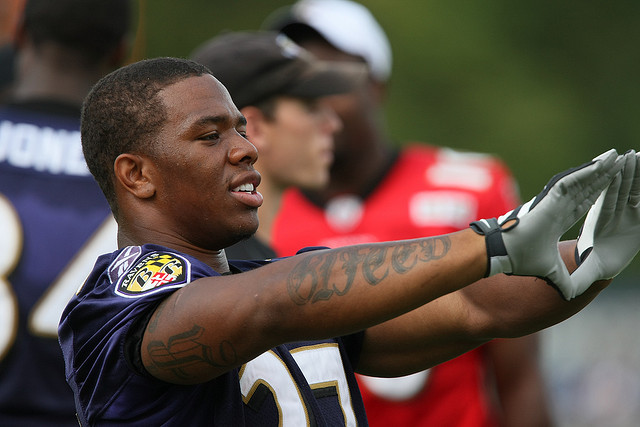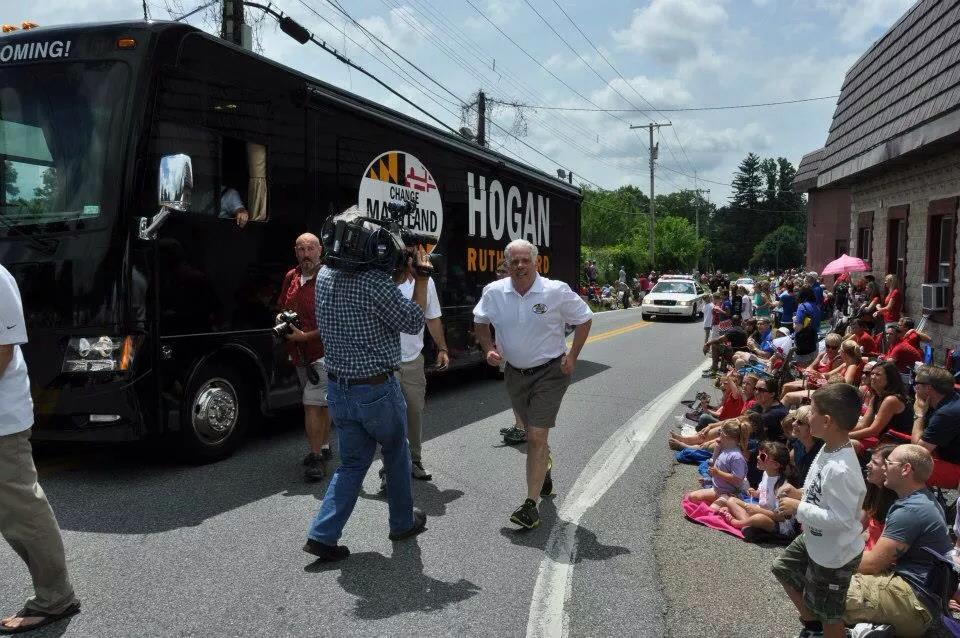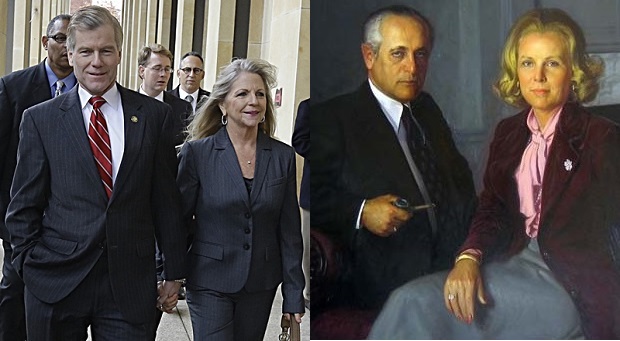This commentary was written by Del. Bob Flanagan, who served as Maryland’s transportation secretary in the Ehrlich administration 2003-2007. Comments can be posted at the bottom of the story.
By Delegate Bob Flanagan
For MarylandReporter.com

A car on the Baltimore Metro moves passengers. Photo by Dion Hinchcliffe with Flickr Creative Commons License
Maryland’s transportation needs are inevitably greater than the funds that are available to pay for them. Making the best use of available funds is a worthy goal.
However, Democratic leaders in Maryland are cynically taking advantage of public support for good government by pushing legislation titled the ‘Maryland Open Transportation Investment Act of 2016,’ (SB 908/HB 1013), which has a hearing in the House Appropriations Committee Tuesday.
This bill has been compared to successful legislation enacted in 2014 by the Commonwealth of Virginia. However, the confrontational and partisan approach being taken by Democratic leaders in Maryland is dangerous and drastically different.
Difference with Virginia legislation
Virginia’s legislation, HB 2 was passed by the Republican led legislature in Virginia unanimously and signed by Democratic Governor Terry McAulliffe. This bill directed that a prioritization process be developed and implemented to guide the use of the Commonwealth’s transportation funds.
The legislation provided that the prioritization process would be based upon objective and quantifiable analysis that considers at a minimum five factors relative to the cost of each project or strategy. These factors were: congestion mitigation, economic development, accessibility, safety and environmental quality. It authorized that the weight of each factor would vary from region to region based on each area’s unique needs.
Most importantly, the Virginia legislature did not undertake what is essentially an executive function of developing a complex system for scoring projects. This job was rightfully assigned to the Commonwealth Transportation Board and they were granted over a year to perfect the system.
The timeline allowed the Board to solicit input from localities, metropolitan planning organizations, transit authorities and others. Public meetings were conducted in each of the nine transportation districts. A Governor’s Transportation Conference was used to inform the public and a survey was distributed. Many additional outreach sessions were held in each district. Public participation was key.
Haphazard scoring system hatched in a few weeks
In contrast, the Maryland Open Transportation Investment Act was thrown together by the same Democratic leaders who were recently diagnosed by the Washington Post as suffering from ‘Hogan Derangement Syndrome.’ Their haphazard scoring system was hatched in just a few weeks with no discernable public input.
This bill is certain to produce many losers. All of Maryland’s rural and most of its suburban counties will be shortchanged. Our roads will suffer in favor of mass transit.
No comprehensive consideration of cost effectiveness is required, no clear reference to congestion relief can be found, and minimal weight is assigned to projects that reduce deaths and serious injuries.
Comparing Maryland’s current system
Any changes in Maryland’s selection process needs to be compared with our current system. In accordance with Maryland law, the secretary of transportation annually holds a public hearing in each of the state’s 24 jurisdictions.
As secretary under Gov. Ehrlich, I was painfully aware that our transportation needs exceeded our state’s available funds. Each year, the plan that we proposed was the product of dedicated career transportation professionals. We funded highways across the state; improved transit in Baltimore and for the first time, committed a predictable source of capital funds for WMATA, the Washington area’s Metro and bus system.
Our program was robust and balanced throughout the entire state and across all transportation modes.
Maryland’s system for selecting transportation projects has been in place since the 1970s. During my tenure as secretary from 2003 to 2007, the system worked well with no appreciable controversy. So we must ask, why now?
Why do this now?
Governor Hogan’s victorious 2014 campaign breathed new life into a concept known as One Maryland. One Maryland is a guiding principle that resources should be equitably distributed to all regions of the state.
The Purple Line is moving forward and his decision to reject the Baltimore Red Line did not come as a surprise. The governor’s transformative plan in the Baltimore region to improve bus transit is receiving high marks.
Reversing the results of the last gubernatorial election is a poor justification for discarding Maryland’s system for selecting transportation projects. Maryland Democrats in the House and Senate need to work with Governor Hogan, instead of attempting to strip away his executive powers.
HB 2 worked for the Commonwealth of Virginia because it was a bipartisan and inclusive effort. The lesson from Virginia is that divided government can accomplish great things when we all work together.
Bob Flanagan now represents District 9B in Howard County, part of an area he represented in the legislature before he was appointed transportation secretary in 2003.






Aw, transportation didn’t work out according to the Democrats plans. First they increased the fuel taxes. Then after that job was complete O’Malley appointed term limited Baltimore County Executive Jim Smith Transportation Secretary. Jim has a lot of money remaining in his campaign fund to reward other Democrats. And he was supposed to cozy up to mass transportation and highway contractors to encourage their contributions to Democratic politicians.
Oops. Brown lost the gubernatorial election and Hogan replaced Smith with Pete Rahn, a professional transportation secretary who had already successfully managed transportation in New Mexico and Missouri. Additionally, Rahn is a board member of the American Association of State Highway and Transportation Officials (AASHTO), President, Chairman of the Standing Committee on Performance Management, and Chairman of the Standing Committee on Highway Traffic Safety and member of the Executive Committee of the Transportation Research Board, a non-profit organization, which promotes innovation in transportation through research.
Gee. What a shame.
Karl
Another political hack job written by a politician. Transportation funding in Maryland has always had a large political element to it and “One Maryland” is no exception. I’ve watched in a number of counties the process by which the state caravan comes to the county seat to listen to the local politicians say what their transportation priorities are and then fund the top item on the list. And of course the local decisions are political. And the choice then of what additional projects to fund are, in most cases, selected from recommendations by good career officials based on sound analysis, but the final selections are political. I won’t say that the proposed scoring system cannot be improved, but some open, objective manner of choosing how to spend these massive amounts of money would be an improvement, Delegate Flanagan’s opinion notwithstanding.
“Maryland Democrats in the House and Senate need to work with Governor Hogan”
The inverse of this is also true. Governor Hogan needs to work with the Democrats in the Maryland House and Senate. If he had involved them in his transportation decisions, they probably wouldn’t have introduced this bill.
SB 908/HB1013 have nothing to do with open transportation spending, and everything to do with divergent priorities between Hogan and Democrats over highway spending vs. mass transit. If the bills become law, taxpayers will underwrite about $7 million over the next 5 years to enhance the power of the legislature over Hogan’s priorities. Since legislators want taxpayers to pay to leverage their own power, these bills are terrible public policy, and must be defeated.
an excellent article, I’m sick and tired of Miller and Bush trying to run the show. They are partisan hacks.
……………..and the Democratic Party has been corrupted by absolute power because there are only a small number of Republican Legislators to provide any opposition in the Maryland Legislature!